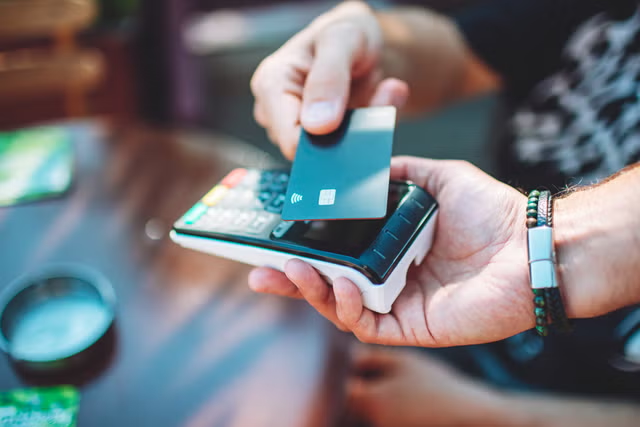Support truly
independent journalism
Support Now
Our mission is to deliver unbiased, fact-based reporting that holds power to account and exposes the truth.
Whether $5 or $50, every contribution counts.
Support us to deliver journalism without an agenda.

Louise Thomas
Editor
The “slow shopping” trend is gaining traction on social media as an alternative way to save money.
On TikTok, a new financial trend is taking over the platform, following in the footsteps of the “loud budgeting” trend, “slow shopping” encourages consumers to be more mindful about their purchases in a different way. It’s the complete opposite of impulse buying, requiring consumers to put deliberate thought into their spending habits.
As consumers spend more time between looking and buying, it helps them stick to their budgets and minimizes the likelihood of buyer’s remorse. Slow shopping allows consumers to take back the power from the so-called capitalist machine, fostering intentional habits all while prioritizing their enjoyment.
“It really entails being intentional in the moment between being tempted and making the purchase,” consumer financial advocate Courtney Alev explained to Popsugar. “Taking time to think about whether you really want to or need to make that purchase.”
Avoiding the pitfalls of afterpay culture will lead to a happier and healthier wallet. This is especially the case if your goal is to boost your savings. According to Bankrate’s 2024 Annual Emergency Savings Report, more than one in three (36 percent) US adults have more credit card debt than money saved in an emergency savings account.
All over social media, mindful spending has taken off, specifically with the de-influencing trend and the influx of sustainable capsule wardrobe videos, indicating “slow living” is not just a trend but a movement. “Slow shopping” plays into this ongoing “slow living” movement, in which people seek to live a simpler life by avoiding excess and leading with mindfulness.
By being more conscious about your spending through “slow shopping,” you can identify whether purchases will add to your life, and minimize financial stressors as a result.
In a 2023 study from Qualtrics for Credit Karma, researchers found that more than half of Gen Z and millennial respondents self-identified as “emotional spenders,” with two-thirds having racked up debt due to emotional spending. Within the same study, nearly half of the respondents reported feeling guilty about their emotional spending, and 60 percent expressed their desire to make changes to their financial habits.
“The main benefit of practicing slow shopping is saving money, but you can also save yourself a lot of stress,” Erika Kullberg, personal finance expert and founder of Erika.com, told Bankrate. “Spending money on unnecessary purchases can also lead to financial stress if you’re struggling to stick to a budget, pay down debt, or meet your savings goals.”
However, the downside to slow shopping, with its typical wait period, is that it may lead you to convince yourself not to make purchases even when necessary. Being mindful of what is and is not a priority can help deter this. Ultimately, Kullberg noted “slow shopping” is all about getting rid of the clutter and overwhelming feelings that come with finances.
Disclaimer: The copyright of this article belongs to the original author. Reposting this article is solely for the purpose of information dissemination and does not constitute any investment advice. If there is any infringement, please contact us immediately. We will make corrections or deletions as necessary. Thank you.



